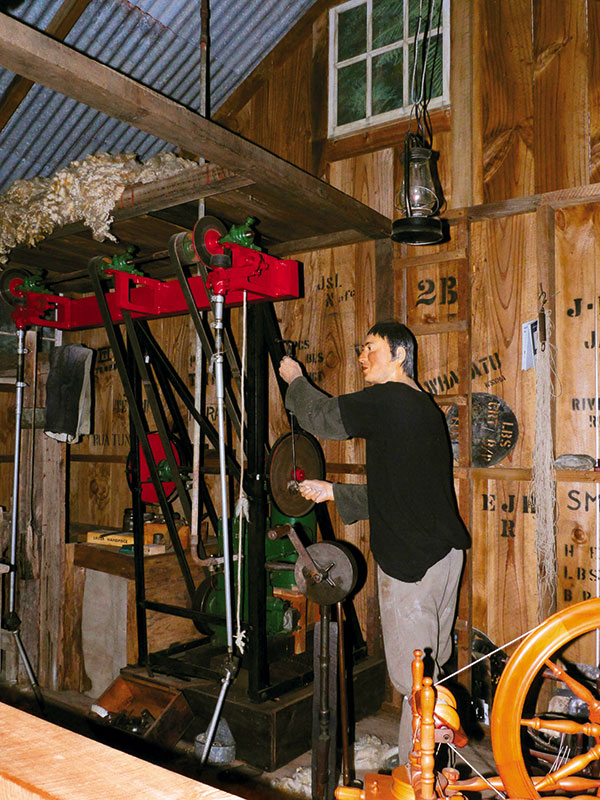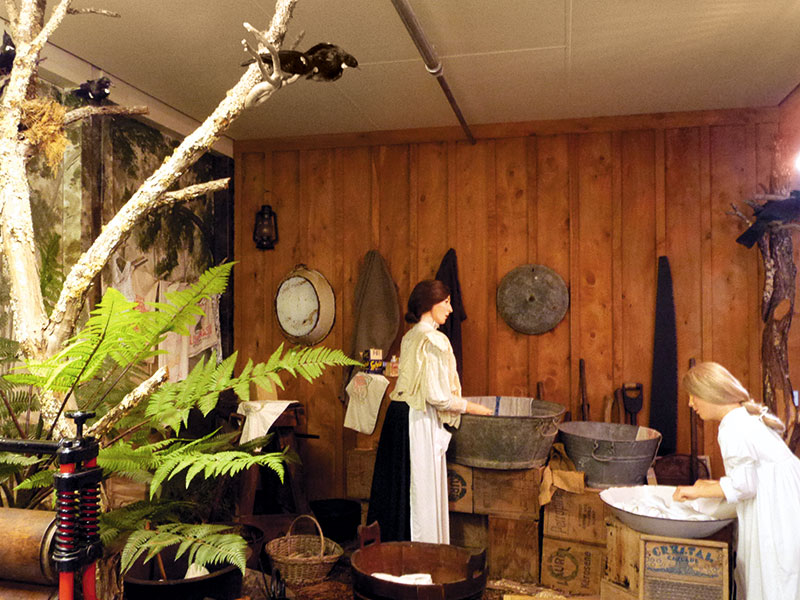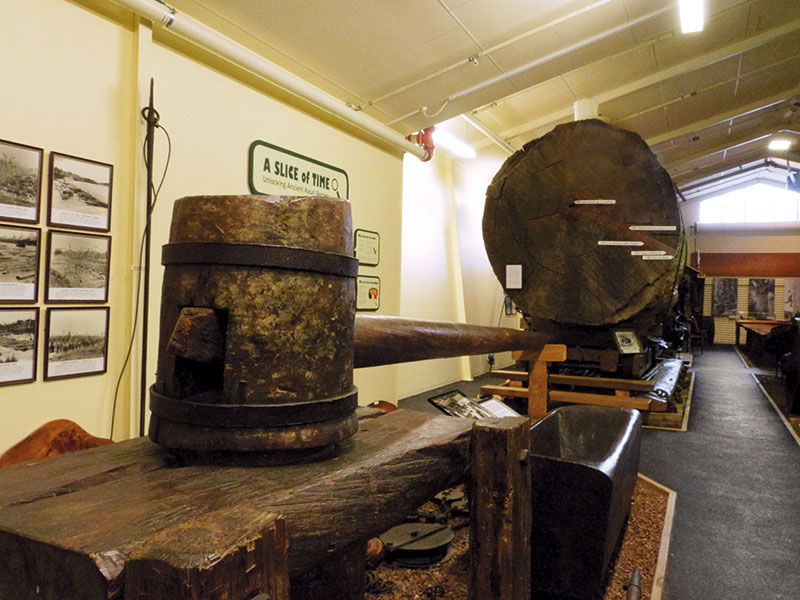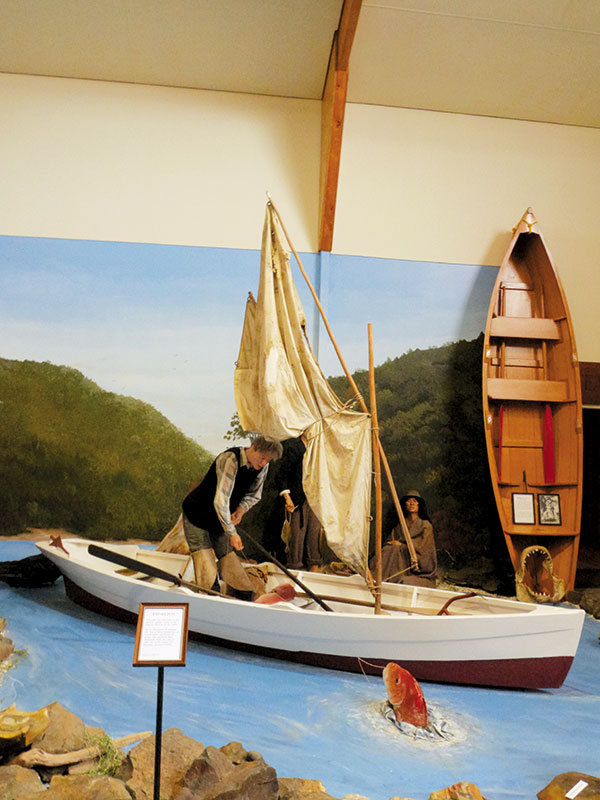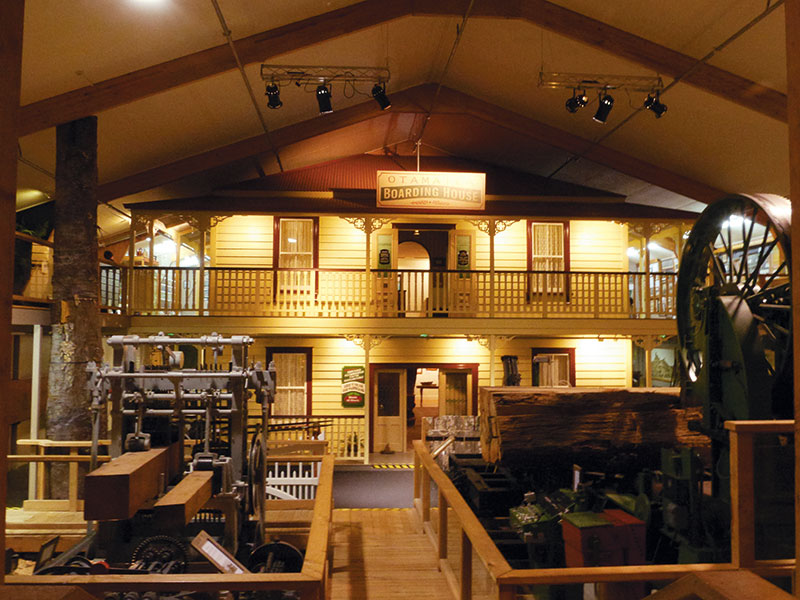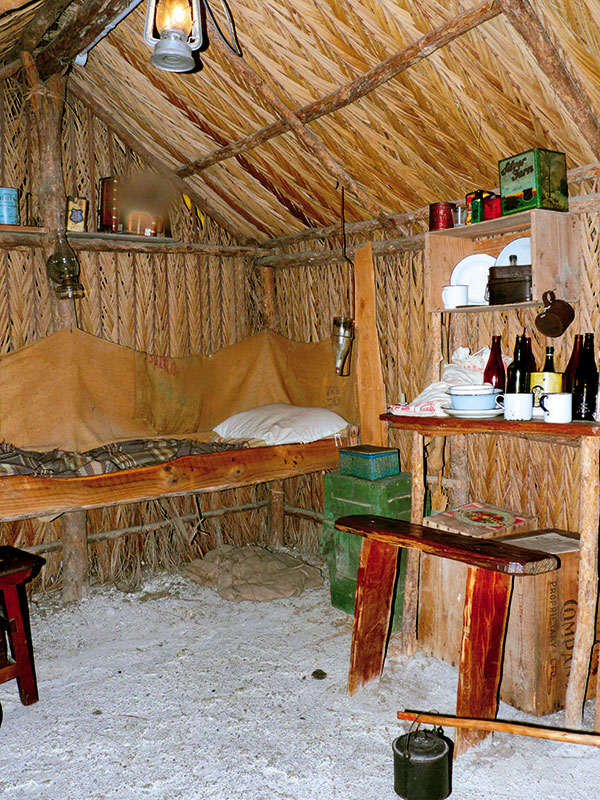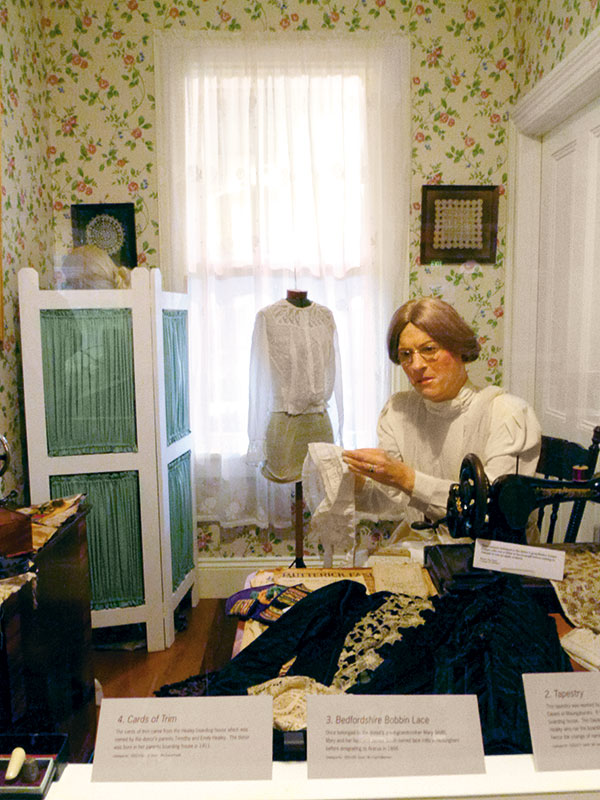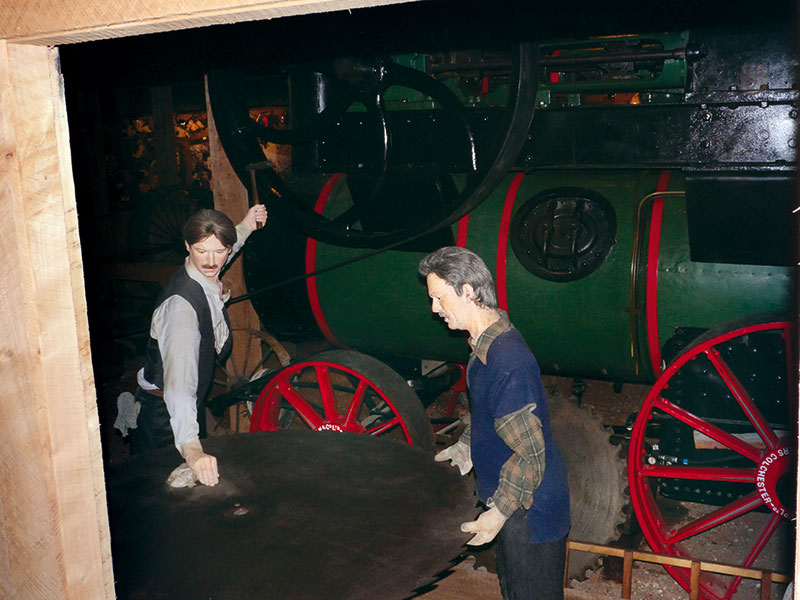Those who have never been there may struggle to understand the scope of the sprawling complex that comprises Matakohe's Kauri Museum. Matakohe itself is a tiny township in the Kaipara region, and it could reasonably be assumed that its local museum, which is focused on a topic so specific, may struggle to retain their interest.
Be assured: The Kauri Museum is one of the nation's most successful tourist ventures. Even on a wet winter's day, as it was when we visited, the museum was crowded and buzzing.
The Kauri Museum – New Zealand's only carbon neutral museum – has come of age in recent years, constantly adding new exhibits and stepping up the visitor experience. Armed with our map, we were keen to begin the tour and took the advice of staff who suggested we begin at the end and work our way backwards.
This advice is not counter-intuitive, as it may initially seem. The museum is huge, and since my last visit, it had become even 'huger' – if you get my ill-expressed drift, and now covers more than 4500 square-metres.
But a quick glimpse as we bustled though the numerous themed exhibition halls to our starting point revealed a museum that was not just more extensive, but which had also gone up a considerable notch in terms of the calibre of the exhibits.
Every vast hall we subsequently visited featured life-sized models engaged in different aspects of timber milling or kauri extraction. The secret behind the life-like qualities of each of these mannequins is in the method of their construction. Each of these is based on a real person using a facial imprint based on an original settler of the Matakohe region. Each is dressed in period costume suitable to the activity in which they are engaged.
One of the most fascinating displays is the recreated Steam Sawmill – a real mill showing how the massive kauri logs were sawn into timber, complete with moving saws, flat belts, pulleys and a steam engine, all worked by life-like mannequins. It's a real treat to be able to walk along the elevated platforms beside this megalithic machinery and marvel at its clattering work.
I eventually wandered off to the nearby Otamatea Boarding House, which is so authentic I was surprised to later learn the two storied building had not been relocated and was based generally on the boarding houses of the district which had catered to Kaipara travellers before rail and road connections were established.
Each room of the boarding house tells the story of a different guest. And so we were introduced to, among numerous others, the businessmen, the seamstress, the nurse and settler families recently arrived by boat and horse transport. Adjacent, in the saddlery, we get a glimpse of the traps and buggies guests might have used. And this is the great thing about The Kauri Museum: the feeling that you are viewing a frozen snapshot of time.
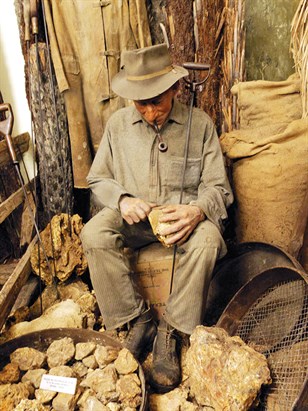
Next door, a giant kauri slab more than 22 metres-long dominates the Volunteers Hall. It is impossible to stand dwarfed beside this megalith and not be impressed by its size and marvel at the work that went into felling and milling it.
Volunteers Hall are used to great effect to display a variety of murals from glimpses of pioneer life to the gigantic rings depicting the sizes of the largest known kauri trees. An impressive kauri balustrade leads the visitor to the mezzanine floor where pioneer photographs and 3D models help glean an understanding of the Kaipara and its early European settlement.
In the Smith Wing, more life-like scenes introduce visitors to a series of different aspects of settler life – from felling trees, to milling timber and collecting gum. The Smith Wing also houses a model of the kauri dams used to transport logs downstream. These dams were incredible feats of engineering, yet the remains of those few which still exist are little known outside of the remote areas – like Great Barrier Island – where they can still be found.
Also in The Smith Wing are two stunning and yet entirely contrasting examples of the use of kauri wood. One is a magnificent kauri bath adzed from a single piece of kauri by an early settler whose wife refused to join him until he provided a bath. The other is the former board room table from the Governor General's residence which is as magnificent and imposing as the kauri bath is humble and practical.
One of the museum's most recently added exhibits is the Brooke Sailing Collection of Logan classic yacht models constructed from kauri, which includes Rawhiti, Iornagi, Sunbeam, Rainbow, Moana and Waitangi – together with half models of Ariki and Nga Toa.
From here, we passed though the Sterling Wing – a series of rooms where models in period costume inhabit themed rooms, each furnished to convey a fresh aspect in the life of a colonial household – to the Tudor Collins Wing with its magnificent kauri furnishings. Our journey back in time was coming to an end as we neared our starting point.
But for many visitors to the Kauri Museum – perhaps especially those accompanied by young ones – it is the basement crammed with objects of an almost unimaginable variety carved from kauri gum that will provide the greatest wonder.
Kauri gum is the resin which bleeds from the wound of a damaged tree to stop water from getting in to the tree to cause rot. Kauri gum which had sheared from growing trees and fallen to the ground was amassing in Northland long before humans had come up with uses for it. New Zealand fossil gum has been carbon dated to be more than 43 million years old.
The Kauri Museum has the largest kauri gum collection on display in the world and here, in its basement room, a myriad objects carved from kauri gum includes anything from delicate jewellery, to hair combs and other personal adornments, to exquisitely carved sculptures, both small and large.
After having been lost for hours in the main halls of Matakohe’s Kauri Museum, we reluctantly exited into the damp day. On this we were pressed for time and decided to save the remaining buildings for another day, for I am sure this will not be out last visit to Northland's splendid Kauri Museum.
For the latest road trips, as well as motorhome news and reviews, subscribe to Motorhomes, Caravans & Destinations magazine here.

